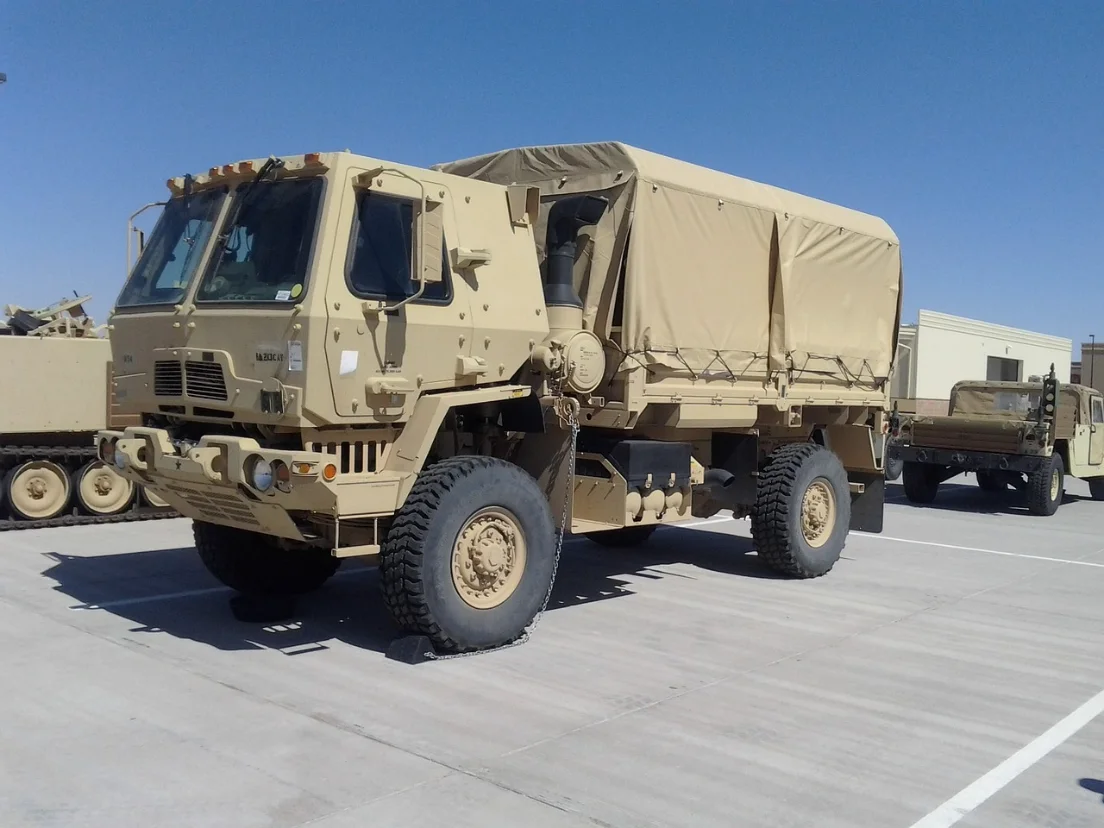Hundreds of military and civilian individuals have been forced to join Russian penal units called “Storm-Z” squads and sent to fight on the frontlines in Ukraine this year. This information comes from 13 sources, including five individuals who were part of these units.
Unfortunately, very few of these individuals return to share their experiences.
A regular soldier from army unit no. 40318, who served near the fiercely contested city of Bakhmut in eastern Ukraine in May and June, described the situation. He revealed that the Storm-Z fighters are often seen as expendable, stating, “Storm fighters, they’re just seen as expendable.”
He recounted an incident where he provided medical care to a group of six or seven injured Storm-Z fighters on the battlefield, even though he was ordered by an unnamed commander to abandon them. The soldier didn’t understand the reason behind the commander’s order but believed it reflected the lower value placed on Storm-Z fighters compared to regular troops by their superiors.
The soldier, who prefers to remain anonymous due to concerns about facing legal consequences in Russia for discussing the war publicly, expressed empathy for the situation these men are in. He mentioned, “If the authorities catch anyone smelling of alcohol, they immediately send them to the Storm squads.”
When Reuters reached out to an officer at unit no. 40318, they declined to comment on the Storm-Z squads and ended the conversation. The Kremlin directed Reuters to the Russian defense ministry, which did not respond to inquiries.
While Russian state-controlled media has acknowledged the existence of Storm-Z squads and their involvement in intense battles, they have not provided information on how these squads are formed or the casualties they face.
Reuters is the first news organization to compile a comprehensive report on how these squads are assembled and deployed. They did this by speaking with multiple sources who have direct knowledge of these operations.
Much like the soldier from unit no. 40318, the 13 individuals interviewed, including four relatives of Storm-Z members and three regular soldiers who had encounters with these units, chose to remain anonymous due to fears of potential repercussions. To confirm their identities, Reuters relied on criminal records, social media profiles, and conversations with fellow servicemen and their families.
The penal squads, comprised of approximately 100-150 members each, are integrated within standard army units and are often deployed to the most precarious frontlines, resulting in significant casualties. Those interviewed by Reuters disclosed at least five Storm-Z teams engaged in countering a Ukrainian counteroffensive in the eastern and southern regions.
Chilling accounts were shared by three Storm-Z fighters and the relatives of three others, recounting horrifying battles that nearly wiped out their squads. One fighter, originally recruited from prison due to a theft conviction, revealed that nearly all but 15 of the 120 men in his unit, embedded with the 237th regiment, were killed or wounded during fighting near Bakhmut in June.
These Storm-Z units represent a shift in Russia’s approach to the conflict in Ukraine. While the Wagner mercenary group, now disbanded, used convicts as frontline fighters, Storm-Z units operate directly under the defense ministry’s command. These squads consist of a mix of volunteer convicts seeking pardons and regular soldiers facing disciplinary consequences.
According to the Conflict Intelligence Team, an independent organization tracking the war, the Russian defense ministry deploys Storm-Z fighters to the most perilous parts of the frontlines, utilizing them as expendable infantry.
While the Russian defense ministry has never officially acknowledged the creation of Storm-Z units, reports first emerged in April, based on what was purported to be a leaked Russian military document regarding their formation. The exact number of soldiers in these units remains unknown, but interviews with those familiar with the situation indicate the deployment of several hundred Storm-Z fighters on the frontline.
In contrast, Wagner had around 25,000 fighters in the conflict, according to its former leader Yevgeny Prigozhin during his June mutiny.
President Vladimir Putin recently mentioned former prison inmates serving in the regular army, acknowledging their sacrifice for the country and promising support for their families.
Historically, during World War II, Soviet leader Josef Stalin ordered military offenders who panicked or deserted their posts into “punishment battalions” assigned to the most dangerous frontlines while retreating from a Nazi advance.
The Ukrainian government has also reportedly released certain convicts who agree to fight in the war.
From Detainment to Chaos
“Storm-Z” is a term informally used by Russian soldiers, combining the word for assault troops with the letter Z, which represents their invasion of Ukraine.
Artyom Shchikin, a 29-year-old from Russia, was serving a two-year sentence for robbery since December 2021 when defense ministry recruiters approached inmates in his jail. They asked if they wanted to go fight in Ukraine. Court records and Shchikin’s relatives confirmed this.
He agreed to join because, even though he was due for release in December, he wanted to clear his criminal record and earn money to renovate his family’s home. Three Storm-Z fighters mentioned they were promised wages of around 200,000 roubles ($2,000) per month but received about half that amount on average.
In May, Shchikin was assigned to a penal unit within the 291st Guards Motorised Rifle Regiment and sent to the Zaporizhzhia region in southern Ukraine, where Ukrainian forces were attempting to breach Russian defenses, as per his relatives. Officials from the regimental headquarters did not respond to Reuters’ inquiries.
Vladimir Rogov, a Russian-installed administrator in Zaporizhzhia who provides online updates about the conflict, mentioned on Telegram that the 291st regiment was active in the region during the summer but did not respond to Reuters’ request for comment.
Shchikin’s family last heard from him on June 18. Soon after, his unit came under Ukrainian fire. Three squad members who survived the attack reported that three comrades were killed, one lost a hand, and Shchikin went missing, with his body still unrecovered. When Shchikin’s family sought answers from the defense ministry about his fate, they received either no response or vague answers.





